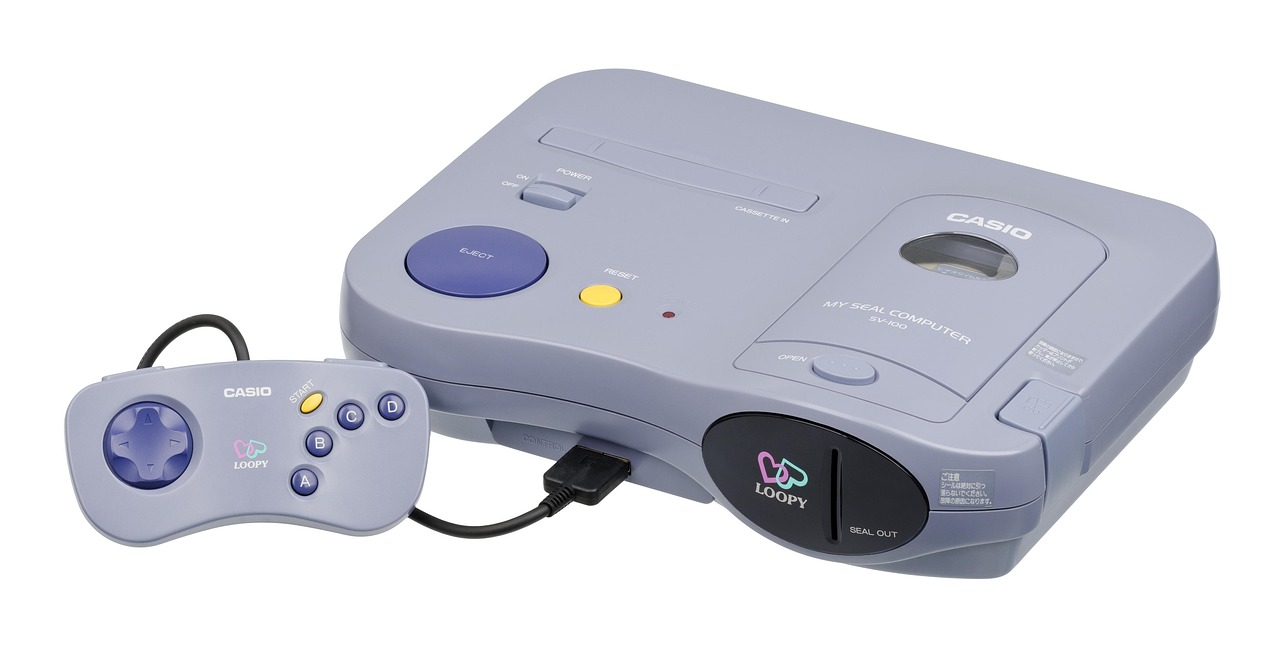Meal prepping is more than just a trend; it’s a powerful strategy for taking control of your diet, saving time, and reducing stress in your busy life. By planning and preparing your meals in advance, you can ensure you’re eating nutritious, delicious food even when you’re short on time. This comprehensive guide provides practical meal prep ideas, tips, and strategies to help you get started and make meal prepping a sustainable part of your routine.
Getting Started with Meal Prep
The key to successful meal prep is planning. Don’t jump in without a clear strategy. Consider your dietary needs, preferences, and available time before you begin.
Understanding Your Needs and Goals
- Identify your dietary requirements: Are you following a specific diet like keto, vegetarian, or gluten-free? Knowing this upfront will help you narrow down your recipe options.
- Define your goals: Are you trying to lose weight, build muscle, or simply eat healthier? Your meal prep choices should align with your objectives.
- Assess your time constraints: How much time can you realistically dedicate to meal prepping each week? Be honest with yourself to avoid burnout.
Planning Your Meals for the Week
- Choose your recipes: Select recipes that are easy to make in bulk and that reheat well. Consider varying your choices to prevent boredom. Online resources like Pinterest, cooking blogs, and recipe websites offer countless options.
- Create a shopping list: Once you have your recipes, create a detailed shopping list to ensure you have all the necessary ingredients. Organize your list by grocery store section to streamline your shopping trip.
- Schedule your prep time: Designate a specific day and time for meal prepping. Weekends are often ideal, but choose a time that works best for your schedule and stick to it as much as possible.
Delicious and Nutritious Meal Prep Ideas
Now that you have a solid plan, let’s explore some specific meal prep ideas that are both delicious and nutritious.
Breakfast Meal Prep
Breakfast is often the most rushed meal of the day, making it an ideal candidate for meal prep.
- Overnight Oats: Combine rolled oats, milk (dairy or non-dairy), chia seeds, yogurt, and your favorite toppings (fruit, nuts, seeds) in a jar. Refrigerate overnight and enjoy a grab-and-go breakfast in the morning.
Example: Combine 1/2 cup rolled oats, 1 cup almond milk, 1 tbsp chia seeds, 1/4 cup berries, and 1 tbsp chopped nuts.
- Breakfast Burritos: Scramble eggs with veggies and your choice of protein (sausage, bacon, or beans). Wrap in tortillas with cheese and salsa. Freeze individually and reheat in the microwave or oven.
Example: Scramble eggs with bell peppers, onions, and black beans. Add shredded cheese and salsa to a whole wheat tortilla.
- Breakfast Parfaits: Layer yogurt, granola, and fresh fruit in individual containers. Store in the refrigerator and enjoy a refreshing and healthy breakfast.
Example: Layer Greek yogurt, granola, and mixed berries in a mason jar.
Lunch Meal Prep
Lunch is another meal that often falls victim to unhealthy convenience foods. Meal prepping ensures you have a balanced and satisfying midday meal.
- Salad Jars: Layer dressing, hard vegetables (carrots, cucumbers), grains (quinoa, brown rice), protein (grilled chicken, chickpeas), and leafy greens in a jar. When ready to eat, shake the jar to combine the ingredients.
Example: Layer vinaigrette dressing, diced carrots, cucumber, quinoa, grilled chicken, and spinach in a jar.
- Grain Bowls: Combine cooked grains (quinoa, brown rice, farro) with roasted vegetables, protein, and a flavorful sauce.
Example: Combine cooked quinoa with roasted sweet potatoes, broccoli, chickpeas, and a tahini dressing.
- Soup: Prepare a large batch of soup on the weekend and portion it into individual containers for easy lunches throughout the week.
Example: Make a batch of lentil soup with vegetables like carrots, celery, and onions.
Dinner Meal Prep
Dinner meal prep can save you time and energy after a long day.
- Sheet Pan Meals: Roast vegetables and protein on a single sheet pan for easy cleanup.
Example: Roast chicken thighs with broccoli, bell peppers, and onions.
- Casseroles: Prepare a casserole dish on the weekend and portion it into individual containers for easy reheating.
Example: Make a baked ziti casserole with marinara sauce, ricotta cheese, and vegetables.
- Stir-fries: Cook a large batch of stir-fry and divide it into containers with rice or noodles.
* Example: Stir-fry chicken with broccoli, carrots, and snap peas in a soy-ginger sauce.
Essential Meal Prep Tools and Equipment
Having the right tools can make meal prepping much easier and more efficient.
Storage Containers
- Glass containers: Durable, easy to clean, and microwave-safe. A great choice for reheating and storing leftovers.
- Plastic containers: Lightweight and affordable. Opt for BPA-free options.
- Reusable bags: Ideal for storing snacks and smaller portions.
- Mason jars: Perfect for salads, overnight oats, and parfaits.
Cooking Equipment
- Large pots and pans: Essential for cooking large batches of food.
- Sheet pans: Great for roasting vegetables and proteins.
- Food processor or blender: Useful for making sauces, soups, and smoothies.
- Slow cooker or Instant Pot: Ideal for hands-off cooking.
Labeling Supplies
- Labels and markers: Essential for labeling your containers with the date and contents.
- Masking tape: A simple and effective labeling solution.
Tips for Successful and Sustainable Meal Prep
Making meal prep a sustainable habit requires consistency and adaptability.
Proper Food Storage
- Cool foods quickly: After cooking, cool foods to room temperature before refrigerating or freezing.
- Store foods properly: Store foods in airtight containers to prevent spoilage.
- Follow food safety guidelines: Be mindful of expiration dates and proper food handling techniques to avoid foodborne illness.
Making it a Habit
- Start small: Begin with one or two meals per week and gradually increase as you become more comfortable.
- Find a system that works for you: Experiment with different meal prep techniques and schedules to find what fits your lifestyle.
- Stay organized: Keep your kitchen organized and stocked with essential meal prep supplies.
- Be flexible: Don’t be afraid to adjust your meal prep plans based on your schedule and preferences.
Avoiding Meal Prep Burnout
- Vary your recipes: Don’t eat the same meals every week. Try new recipes and experiment with different flavors.
- Prep with friends or family: Make meal prep a social activity by cooking with friends or family members.
- Take breaks: If you’re feeling overwhelmed, take a week off from meal prepping to recharge.
- Don’t strive for perfection: It’s okay if your meal prep plans don’t always go as planned. The goal is to make healthy eating easier, not to create more stress.
Conclusion
Meal prepping is a valuable tool for anyone looking to improve their diet, save time, and reduce stress. By following the tips and ideas outlined in this guide, you can create a sustainable meal prep routine that supports your health and wellness goals. Remember to start small, stay organized, and be flexible. With a little planning and effort, you can transform your eating habits and enjoy the many benefits of meal prepping.



